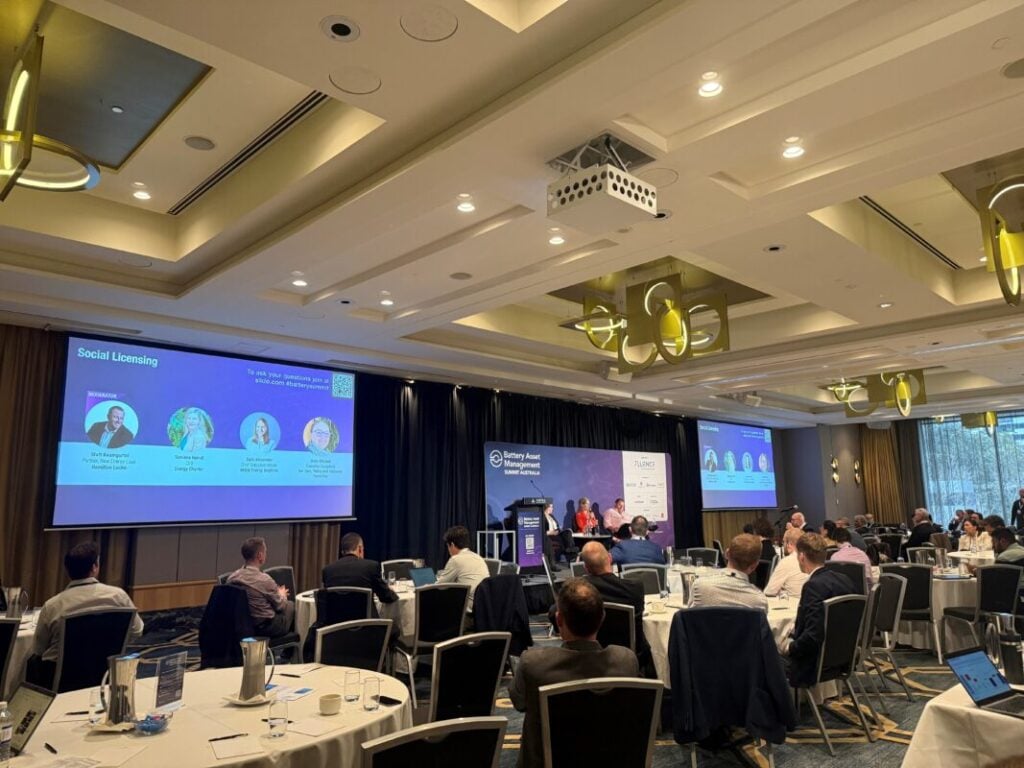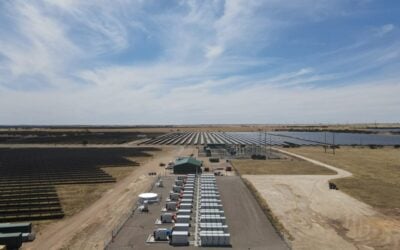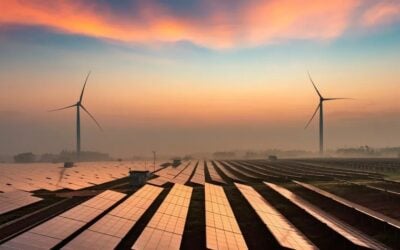
“Social licensing is the next frontier for battery energy storage systems,” said Matt Baumgurtel, partner, new energy lead at law firm Hamilton Locke.
These were the thoughts from the “Social Licensing” panel discussion at the recent Battery Asset Management Summit Australia 2025, which our publisher, Solar Media, hosted last month.
The panel discussion highlighted that battery storage projects face unique social license challenges compared to utility-scale solar PV power plants and wind farms, including concerns about noise, safety, and end-of-life management.
The panellists stressed that the energy sector currently ranks among the least trusted industries in Australia, creating additional hurdles for new projects.
Try Premium for just $1
- Full premium access for the first month at only $1
- Converts to an annual rate after 30 days unless cancelled
- Cancel anytime during the trial period
Premium Benefits
- Expert industry analysis and interviews
- Digital access to PV Tech Power journal
- Exclusive event discounts
Or get the full Premium subscription right away
Or continue reading this article for free
“If we cannot deliver a lasting legacy to those communities and benefit from the energy transition, then we have all failed,” said Beth Mitchell, an executive consultant with 25 years of experience in sustainability challenges, who is currently “between jobs”.
“The energy transition has gone from individual landholder payments shrouded in secrecy and non-disclosure agreements that create division in communities to greater transparency, but I don’t think we’re actually there yet.”
Another panellist, Sabiene Heindl, CEO of the Energy Charter, described visiting a small town of 200 people where a large battery storage project had created community division.
“The perception in the community is that there is a lack of benefit to a town that doesn’t have energy reliability itself, and the batteries are unlikely to contribute to energy reliability,” Handel explained.
She further noted the industry’s trust deficit: “When I started seven years ago, we were just in front of tobacco. Now they don’t even bother with tobacco. We’re just above social media. We’re number 13. It’s not a great place to be.”
Panellists unanimously agreed that battery projects cannot proceed without a proper social license. “Without social license, you don’t have a project,” Baumgurtel stated.
Communities want to lead engagement processes
The panel discussion revealed that communities increasingly want to lead engagement processes rather than react to developer proposals, with some communities actively resisting new energy infrastructure.
“We’ve done round tables where we’ve been invited in by community leaders,” said Heindl. “Communities realise that if the keys to the car are given to them, which is what they want, there are groups of terrific people in these communities who want to see the best for their communities.”
Heindl added that these community members “might not be greenies, by the way, but they really care about where they live, they care about their kids, they care about their grandkids. And I think we’ve all got, frankly, a moral obligation to do the best by future generations.”
Dani Alexander, CEO of the Energy Institute at the University of New South Wales (UNSW), noted that social license issues often arise after commissioning when communities experience the operational realities of battery systems.
“The opportunity exists to get on the front foot of those feelings from communities and engage earlier,” Alexander said.
She also emphasised the importance of working with First Nations communities: “There is a huge opportunity for us to do this transition well, better than we have done before and better than we have done in other sectors of the economy. There is a risk, though, by going very fast, that we lose that opportunity and make the same mistakes as we’ve done again.”
Concerns around end-of-life planning for battery storage
The panel identified end-of-life planning as a particular concern for battery storage projects that developers must address from the outset.
“From a battery asset management point of view, one thing we haven’t heard during the conference is the value maximisation at the end of the life cycle,” Mitchell noted.
“Landholders have said no based on not knowing what happens at the end of the life cycle of the asset. They want to ensure they’re not just left with an asset that has a liability for them on their land.”
Mitchell also highlighted the economic benefits of local procurement: “I think being really thoughtful about your local procurement models also has the potential to deliver community benefits that aren’t always apparent on the surface level.
“When you look at downtime on your assets, if you’ve got someone locally who can get out there and deal with it really quickly, rather than someone who’s got to get themselves from Sydney or wherever else, there are also really strong benefits for project proponents.”
Collaboration between competing developers was identified as a key strategy to reduce community consultation fatigue.
“If there’s a community benefit fund, don’t create one for each battery storage project; consolidate and ask the community who’s best placed in this community to run the benefit fund,” Heindl advised.
She also warned about a common issue: “When there is a change in asset ownership, often the community benefit funds stop. No explanation to the community. There’s no transparency about the fact that a sale is happening or about to happen, and that may be with good reason.
“Still, you can imagine if you’re relying on this money as a community, whether it’s for football shirts or, let’s hope, something much more substantial, for the money to stop that is a substantial accountability and transparency issue.”
Trusted voices ‘crucial’ for information sharing
Information sharing through trusted voices was identified as crucial, with panellists noting that communities are sceptical of developer-branded materials.
“Anything branded with the proponents’ logo is not going to be trusted,” Heindl explained. “The voice on batteries and fires needs to be the people that will be trusted in that community.”
Heindl also cautioned against an overly educational approach: “I personally have a problem with the word educating. I think people can be informed if they’d like to be, but the sense that we need to make Australia a bunch of energy nerds, I’m not sure that’s everyone’s priority.”
Alexander highlighted efforts to improve energy literacy, including free educational resources about battery safety developed by experts to counter misinformation.
“People just want to know someone to call to ask, ‘I saw some news, is this true, is this going to happen to us?'” Alexander said.
She also emphasised the need for patience: “We need to go slow, to go fast. We need to take the time or spend the resources, whether it’s time or financial resources, in investing in those communities so that we can go fast.
“Because we all understand that we need to go fast to meet our targets. But when it comes down to the micro level, the community, we actually need to go slower.”
As Australia continues to rapidly deploy utility-scale battery storage to support its renewable energy transition, these insights suggest developers must fundamentally rethink community engagement strategies to ensure project success and maintain the momentum of the country’s energy transformation.
As Heindl concluded: “For batteries, I’d say focus on the opportunities and work better together.”
Our publisher, Solar Media, will host the Energy Storage Summit Asia 2025 on 7-8 October 2025 in Manila, the Philippines. You can receive 20% off your ticket using the code ESN20 at checkout.





